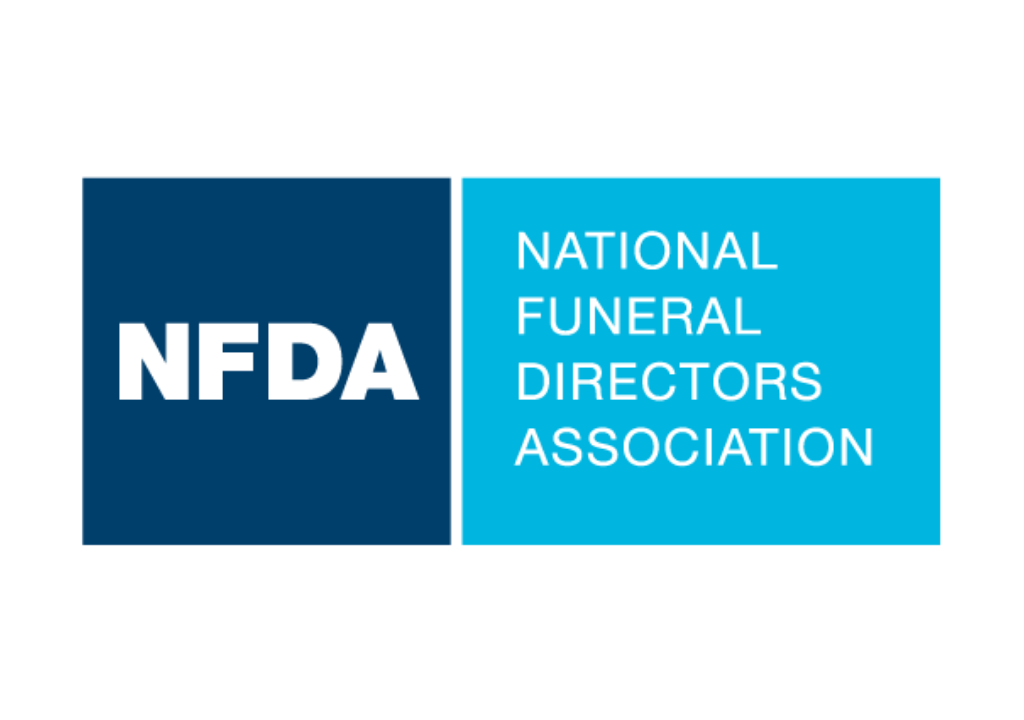Exposure to Formaldehyde Linked to Increased Risk For Cancer-Related Death

Long-term exposure to formaldehyde used for embalming increases funeral industry workers’ risk of death from myeloid leukemia, according to a new U.S. government study. Researchers in the Division of Cancer Epidemiology and Genetics at the U.S. National Cancer Institute analyzed data on funeral industry workers who died between 1960 and 1986.
Information about the workers’ work practices and exposure to formaldehyde throughout their lifetime was collected through interviews with family members and co-workers.
The researchers found that risk rose along with the number of years someone had been involved with embalming and related formaldehyde exposure. The greatest risk was seen among those who’d been involved in embalming for more than 20 years, according to the study.
The findings were published online Nov. 20 in the Journal of the National Cancer Institute.
“This study adds supporting and complementary data to other epidemiological evidence of an association between formaldehyde exposure and risk of myeloid leukemia,” the researchers wrote.
“Further studies of leukemia risk in relation to specific embalming practices and exposures, as well as similar specific exposure studies in other professional groups that are exposed to formaldehyde and that have an increased risk of leukemia, should help to clarify our understanding of cancer risks related to formaldehyde,” they added.
Source: Palm Beach Post
Here is a link to another site that has more statistics and numbers to back up the study: http://jnci.oxfordjournals.org/cgi/content/abstract/djp416



